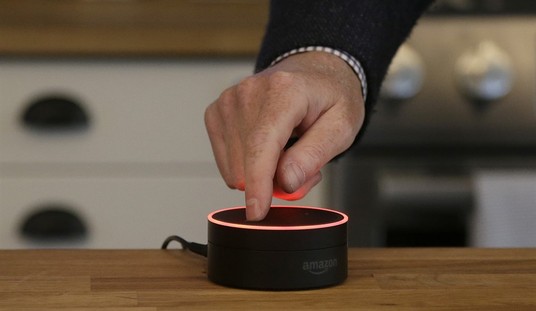Oh my, oh my, we’re all gonna die.
Or maybe it’s only people who live on the West Coast. Or people who eat Pacific Ocean fish. Or something.
Here’s the story, from a website called Natural News, and while I’d normally not link this sort of thing, in this case, hell, it’s pretty funny. Right up there with Infowars.
Here’s the key paragraphs:
(NaturalNews) Japan’s nuclear watchdog has now declared the leak of radioactive water from Fukushima a “state of emergency.” Each day, 300 tons of radioactive water seeps into the ocean, and it’s now clear that TEPCO has engage [sic] in a two-and-a-half-year cover-up of immense magnitude.
….
Just how out of control is the situation at Fukushima? It’s so out of control that TEPCO recently had to admit 10 of its workers were somehow — yeah, see if you can figure this out — sprayed with highly radioactive water while waiting for a bus.
Hold on, we’re coming to the punchline.
“The workers’ exposure above the neck was found to be as much as 10 becquerels per square centimeter,” reports Bloomberg.com
How exactly did highly radioactive water manage to find its way to a bus stop in the first place? [My emphasis]
Long-time PJM readers will remember I did a series of articles on Fukushima at the time of the tsunami and accident in March 2011. The gist of the articles was that you should worry about the tsunami, not the reactor accident, and in fact two years later it was being reported that sure enough the radioactivity released at Fukushima wasn’t as bad as people had feared. Just as I’d predicted at the time of the accident.
Oh, it wasn’t widely reported, but it was reported.
Press reporting on radiation, however, hasn’t improved since I wrote “The only thing to fear is the sensationalist reporting that has the world panicked.” So, let’s look at the latest “emergency” and see what really happened.
Back in 2011, I wrote about how radiation is measured and what the terms mean. I won’t go back through the whole thing, but let’s hit one basic definition.
The amount of radioactivity is measured my measuring the number of radioactive decay events, or in other words, the number of single atoms that decay. There are two standard units for this: the Becquerel (Bq), which is one decay event per second, and the Curie (Cu), which is the number of radioactive decays from one gram of radium in one second: 3.7×1010 decays per second. Now, for most purposes, 1 Bq is an inconveniently small unit, 1 Cu an inconveniently large one, but for our purposes, we’re going to be dealing with amounts of radioactivity that are conveniently measured in Bq.
Now, I gave the game away when I mentioned that the Bq was usually an inconveniently small unit. So, how radioactive was this “highly radioactive water”? About 10 Bq per square centimeter.
Since you went back and re-read that 2011 post when I linked it (you didn’t? But what if there’s a quiz?) you’ll recall that there is a somewhat-joking unit called the banana equivalent. Bananas, like everything else, are slightly radioactive by nature, and in fact it turns out that since bananas concentrate potassium, they’re a little more radioactive than a lot of other things. So, a banana equivalent amount of radioactivity is something that has about the same number of decays per second as a banana does. So what’s the banana-equivalent in Bq?
A normal-sized 150g banana produces about 20 Bq.
So, the “highly radioactive water”? It’s roughly equivalent in radiation danger to coating yourself in banana pudding.
********
tasty images courtesy shutterstock / Julian Rovagnati / foodiepics












Join the conversation as a VIP Member